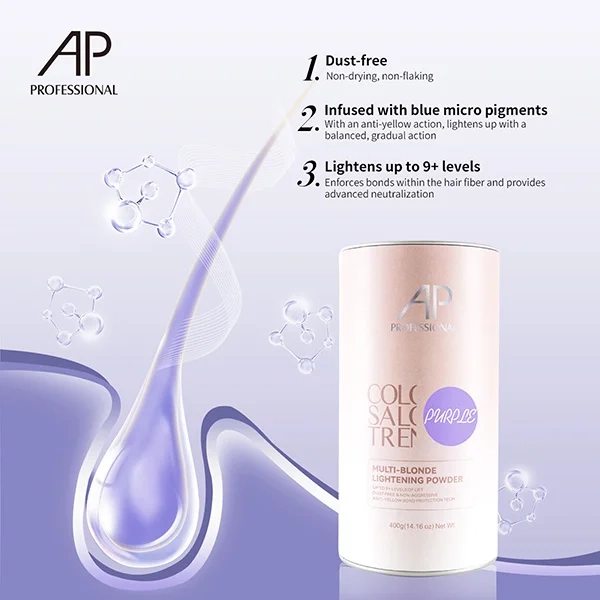Mastering Winter Camping: Effective Strategies to Prevent Condensation in Your Tent
As winter approaches, many outdoor enthusiasts eagerly prepare for their cold-weather adventures. However, one of the most significant challenges faced by campers during this season is condensation inside tents. This issue can lead to discomfort, damp gear, and even health risks if not managed properly. In this article, we will explore effective strategies to keep condensation out of your tent during winter camping, ensuring a more enjoyable and comfortable experience.
Understanding Condensation: The Science Behind It
Before diving into prevention strategies, it’s essential to understand what causes condensation. Condensation occurs when warm, moist air comes into contact with a cooler surface, leading to the formation of water droplets. In a tent, this typically happens when the body heat of campers warms the air inside, which then rises and cools upon contact with the tent fabric. The colder the outside temperature, the more pronounced this effect becomes.
- Choose the Right Tent
Selecting the appropriate tent for winter camping is crucial. Look for tents specifically designed for cold weather, as they often feature:
- Better Insulation: These tents are made with materials that minimize heat loss and reduce the temperature differential between the inside and outside.
- Ventilation Options: High-quality winter tents come with adjustable vents that allow for airflow without compromising warmth.
- Rainfly and Groundsheet: A well-fitted rainfly and groundsheet can help keep moisture from seeping in from the ground or the outside.
- Optimize Ventilation
Proper ventilation is one of the most effective ways to combat condensation. Here are some tips:
- Open Vents: Utilize the tent’s built-in vents to allow moist air to escape. Even in cold weather, a small opening can significantly reduce humidity levels inside the tent.
- Leave the Door Slightly Ajar: If conditions permit, leaving the tent door slightly open can enhance airflow. This is particularly effective during the day when temperatures are slightly warmer.
- Use a Fly Sheet: A fly sheet can provide an additional layer of protection against moisture while allowing for airflow.
- Manage Moisture Sources
Reducing the amount of moisture generated inside the tent is crucial. Consider the following:
- Dry Gear Outside: Avoid bringing wet gear into the tent. If possible, dry your clothes and equipment outside before entering.
- Limit Cooking Inside: Cooking generates a significant amount of moisture. If you must cook inside, use a stove designed for indoor use and ensure proper ventilation.
- Use a Moisture Absorber: Products like silica gel packets or moisture-absorbing crystals can help reduce humidity levels inside the tent.
- Insulate the Tent Floor
A cold tent floor can contribute to condensation. Insulating the floor can help maintain a warmer environment:
- Use a Sleeping Pad: A high-quality sleeping pad not only provides comfort but also acts as an insulator against the cold ground.
- Add a Groundsheet: A groundsheet can provide an additional layer of insulation and help prevent moisture from seeping in.
- Choose the Right Sleeping Gear
Your choice of sleeping gear can also impact condensation levels:
- Use a Breathable Sleeping Bag: Opt for a sleeping bag made from breathable materials that wick moisture away from your body.
- Wear Moisture-Wicking Layers: Choose clothing made from moisture-wicking fabrics to keep sweat away from your skin, reducing the amount of moisture in the air.
- Monitor Temperature and Humidity
Keeping an eye on the temperature and humidity levels can help you make informed decisions about ventilation and moisture management:
- Use a Hygrometer: A small hygrometer can help you monitor humidity levels inside the tent. Aim for a relative humidity of around 30-50% for optimal comfort.
- Adjust Accordingly: If humidity levels rise, increase ventilation or take steps to reduce moisture sources.
Conclusion: Embrace the Winter Wilderness
Winter camping can be a magical experience, offering stunning landscapes and serene solitude. By understanding the causes of condensation and implementing effective strategies to prevent it, you can enjoy your time in the great outdoors without the discomfort of a damp tent. Remember to choose the right gear, optimize ventilation, manage moisture sources, insulate your sleeping area, and monitor conditions. With these tips in mind, you’ll be well-equipped to tackle the challenges of winter camping and fully embrace the beauty of the season. Happy camping!

